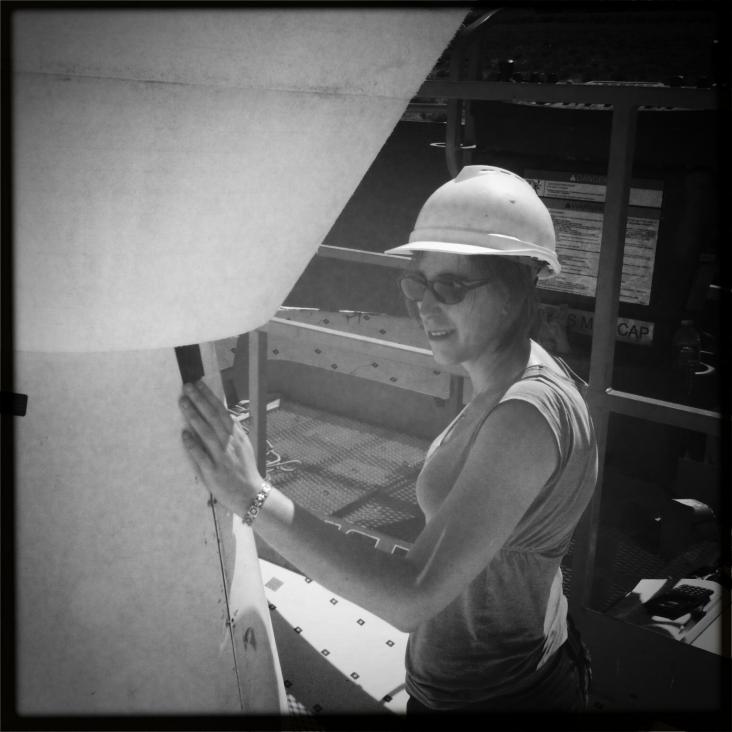A parametric physical model for the intracluster medium and its use in joint SZ/X-ray analyses of galaxy clusters
Monthly Notices of the Royal Astronomical Society Oxford University Press (OUP) 410:1 (2011) 341-358
Dust-correlated centimetre-wave radiation from the M78 reflection nebula
Monthly Notices of the Royal Astronomical Society 411:2 (2011) 1137-1150
Abstract:
An anomalous radio continuum component at cm-wavelengths has been observed in various sources, including dark clouds. This continuum component represents a new property of the interstellar medium. In this work, we focus on one particular dark cloud, the bright reflection nebula M78. The main goal of this work is to investigate the cm-wave continuum emission in a prominent molecular cloud, nearby and with complementary observational data. We acquired Cosmic Background Imager (CBI) visibility data of M78 at 31 GHz with an angular resolution of ∼ 5.8arcmin, and CBI2 data at an angular resolution of ∼ 4.2arcmin. A morphological analysis was undertaken to search for possible correlations with templates that trace different emission mechanisms. Using data from Wilkinson Microwave Anisotropy Probe and the Rhodes/HartRAO 2326-MHz survey, we constructed the spectral energy distribution (SED) of M78 in a 45-arcmin circular aperture. We used results from the literature to constrain the physical conditions and the stellar content. The 5-31 GHz spectral index in flux density (α= 1.89 ± 0.15) is significantly different from optically thin free-free values. We also find closer morphological agreement with IR dust tracers than with free-free sources. Dust-correlated cm-wave emission that is not due to free-free is significant at small scales (CBI resolutions). However, a free-free background dominates at cm-wavelengths on large scales (∼ 1°). We correct for this uniform background by differencing against a set of reference fields. The differenced SED of M78 shows excess emission at 10-70 GHz over free-free and a modified blackbody, at 3.4σ. The excess is matched by the spinning dust model from Draine & Lazarian. © 2010 Universidad de Chile. Journal compilation © 2010 RAS.Dust-correlated cm wavelength continuum emission from translucent clouds ζ Oph and LDN 1780
Monthly Notices of the Royal Astronomical Society (2011)
The Cosmic Background Imager 2
Monthly Notices of the Royal Astronomical Society (2011)
A 43-GHz VLA survey in the ELAIS N2 area
Monthly Notices of the Royal Astronomical Society Oxford University Press (OUP) 408:2 (2010) 657-668


